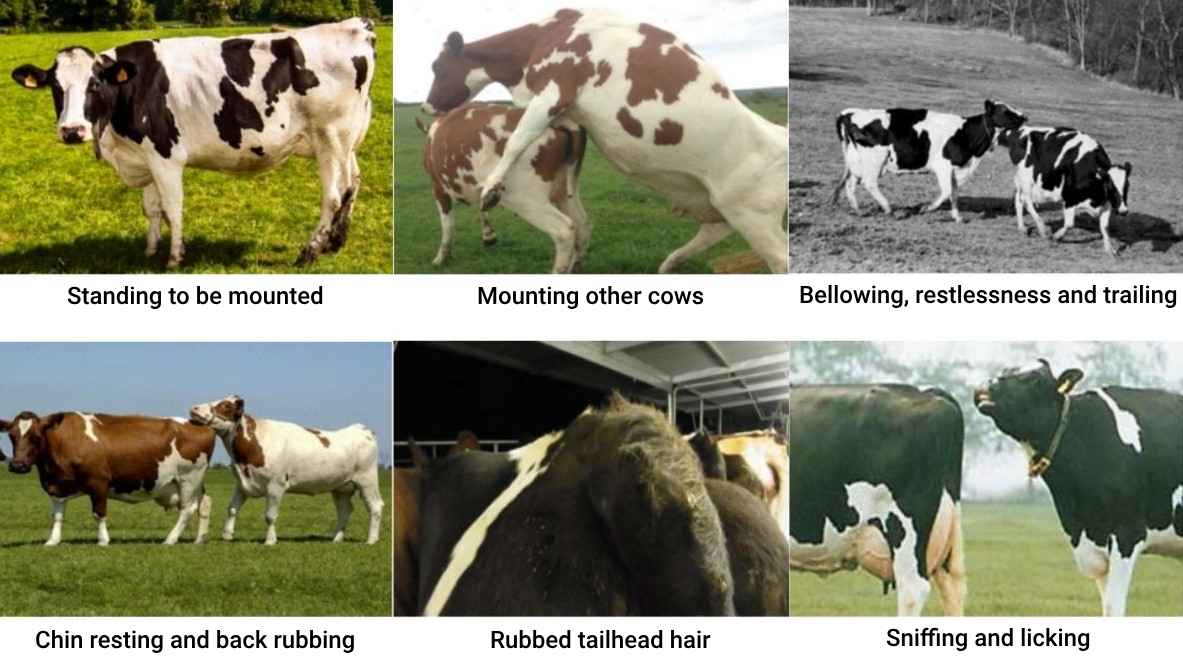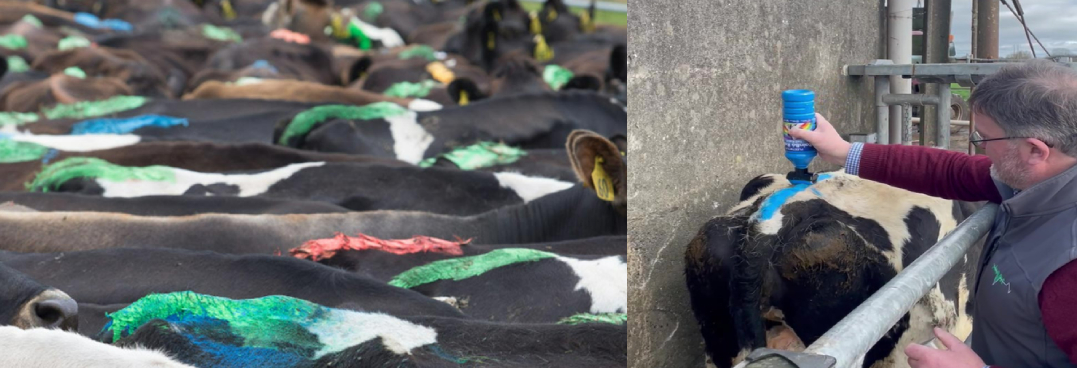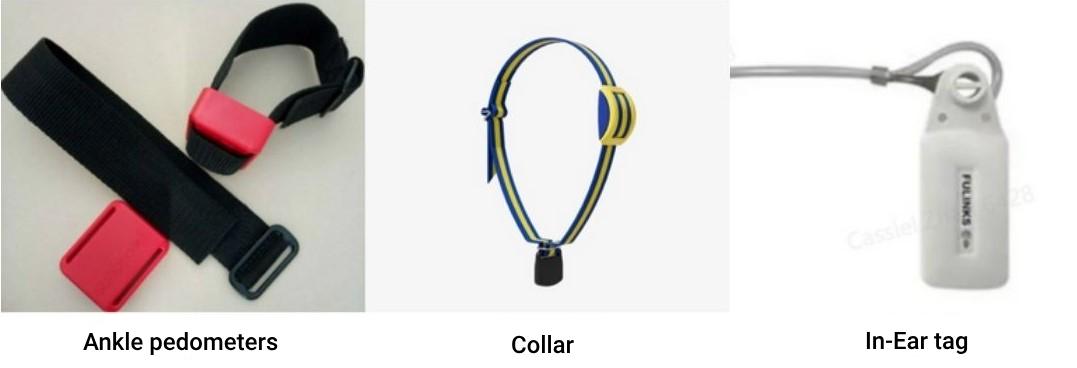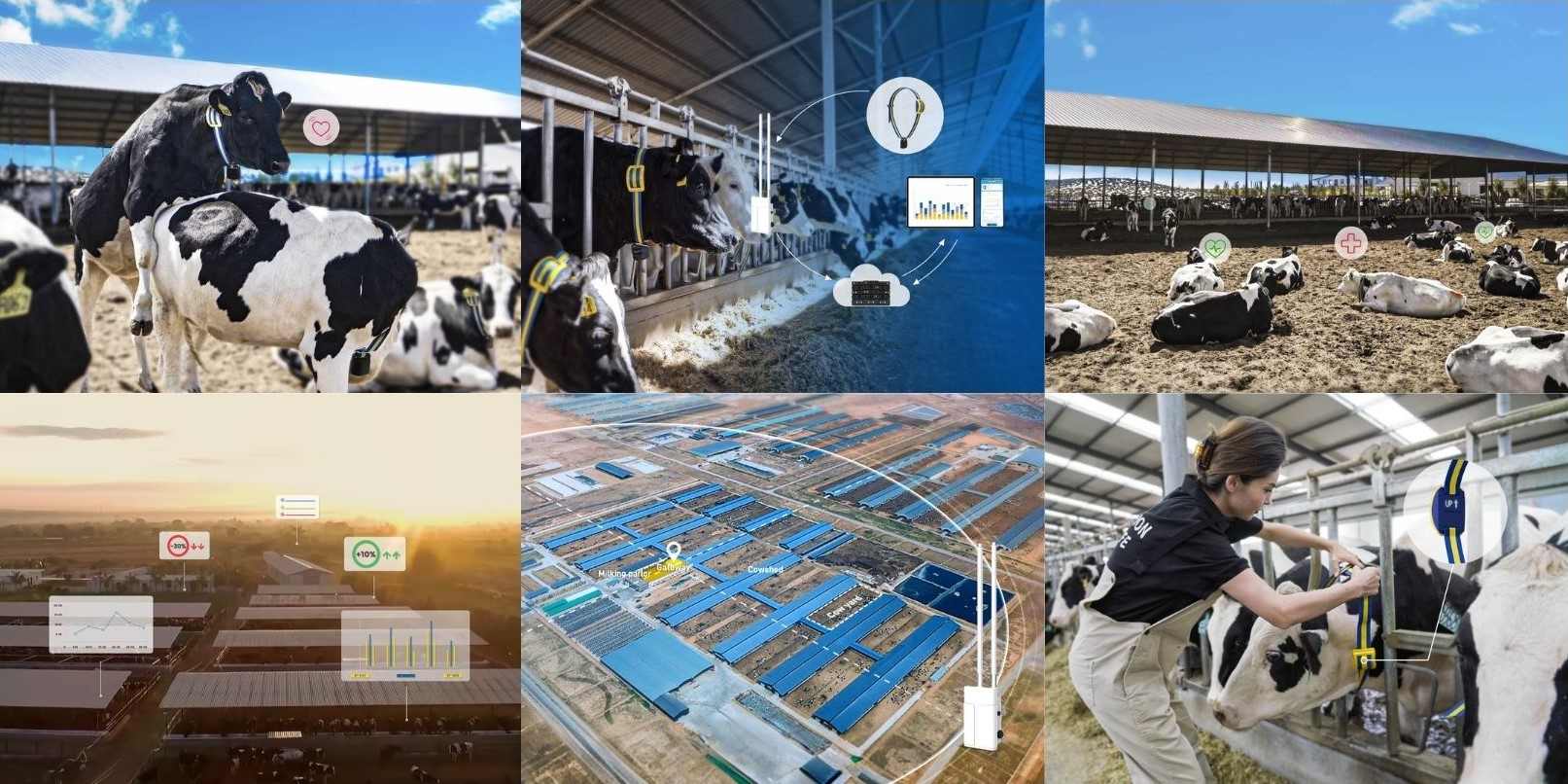How to use heat detection collars to monitor the estrus status of cows in real time, improve the success rate of insemination and milk production.
Summary:
1 Common methods for estrus detection
2 The working principle of heat detection collar
3 How to choose the proper collar
4 Sveaverken smart cow collar for heat detection and health monitoring
Dairy farming is one of the most important and widespread agricultural sectors in Europe, producing milk and dairy products for millions of consumers. According to the European Commission, the EU is the world’s largest milk producer. The dairy sector also contributes to the social and economic development of rural areas, providing employment and income for millions of people. However, dairy farming faces many challenges, such as milk prices, climate change, animal welfare, market volatility, and competition. One of the key factors that affect the productivity and profitability of dairy farming is the reproductive performance of dairy cows, which depends largely on the accurate detection and utilization of their estrus cycle.
1 Common methods for estrus detection
Detecting the estrus cycle of dairy cows is a crucial aspect of dairy farming, as it directly affects their reproductive performance and milk yield. This is a task that every dairy farmer pays close attention to.
The estrus cycle of dairy cows is short and the signs are subtle. If it is not detected and caught in time, it will lead to missed breeding opportunities, increased non-pregnant days, extended calving intervals, reduced conception rates, and decreased milk production which will affect the income and benefits of dairy farming.
Therefore, how to accurately, timely, and efficiently detect the estrus status of cows is an urgent problem that dairy farmers need to solve.
Currently, the common methods for detecting estrus in cows include manual observation, tail painting, activity monitoring, and milk composition analysis. The following figure shows the scores of each method based on different criteria:

01 Manual observation
Manual observation is the most traditional and common method in small-scale farms. It mainly relies on observing the behavioral changes and physiological features of cows to determine whether they are in estrus. From their experience and inspections, the breeders can detect the cows’ estrus behavior and decide if they are ready for breeding. The figure below shows the six common estrus behaviors of cows.

This method is simple and low-cost, but it also has many drawbacks, such as it requires a lot of labor and time, increasing the workload and labor costs; It requires professional skills and experience, and is prone to subjective bias; It is hard to cover the observation range of 24 hours a day, and it is easy to miss the peak estrus at night or in the morning; It is hard to detect cows with latent or weak estrus, which can lead to false or missed breeding; It is affected by factors such as environment, season, and breeding management, which influence the accuracy of judgment. Generally, the accuracy of manual observation is about 20%, which varies depending on the experience level of different personnel.
02 Tail painting
Tail painting is a simple and affordable method for monitoring the estrus cycle of dairy cows. It involves applying a special crayon or paint of different colors to the upper part of the cow’s tail, against the direction of hair growth, creating a comb-like effect. During the estrus period, the cow’s mounting behavior will rub off the crayon or paint, making it easy to observe and assist in determining estrus.

This does not require professional skills or experience. It only requires applying the crayon or paint to the base of the cow’s tail, which is low-cost and easy to detect other issues such as diseases when in close contact with the cow for a long time. However, it also has many drawbacks: it is easily affected by factors such as environment, season, and breeding management, which influence the application and removal of the crayon or paint, such as rain, cow brush friction, etc.; It is hard to detect cows with latent or weak estrus, which can lead to false or missed breeding; It requires regular application and inspection of the crayon or paint, which increases the workload and expense; It can not reflect the estrus status and optimal breeding time of the cow in real time, which affects the breeding success rate. Generally, the accuracy of tail painting for estrus detection is about 60%, and it varies depending on the environment.
03 Activity monitoring
Activity monitoring is a common method used in smart collars to count the steps of cows based on accelerometer technology, similar to how smartphones track human steps. The difference is that the cow pedometer needs to record the number of steps of a specific cow at a specific time and use an algorithm model to determine whether the increase in cow activity indicates estrus, thereby guiding the management of feeding-related tasks for herds. Common products include pedometers, collars, and electronic ear tags.

The ankle pedometer has a high accuracy for detecting estrus, as it can monitor the activity of lying and standing behavior of cows. However, it may increase the risk of foot diseases in cows. The electronic ear tag evaluates the estrus of cows by measuring the temperature and activity of the ear canal, but the temperature measurement part may damage the ear canal of cows. The estrus monitoring collar can monitor various behavioral data such as activity, rumination, feeding, heat stress, etc., but it is a relatively expensive product. However, the estrus detection accuracy can usually reach over 90%.
04 Milk composition analysis
Milk composition analysis is a method that uses infrared spectroscopy technology to measure components such as protein, fat, lactose, solids, and lactic acid bacteria in milk. During the milking process, the milking robot passes the milk through an infrared spectrometer, which calculates the content of various components in the milk based on the absorption degree of different wavelengths of infrared light. The data is then transmitted to the milking control unit or cloud platform to achieve real-time monitoring and management of milk components, which can provide estrus analysis and feeding suggestions for cows.
The milking robot’s milk composition analysis can analyze the milk composition of each cow during each milking, without the need for sample collection and transportation, or the use of chemical reagents or consumables, saving time and costs. It is highly intelligent and provides personalized feeding management, breeding plans, health alerts, and other functions. However, it is expensive to purchase and maintain high-tech equipment such as infrared spectrometers, which increases the investment and operating costs of the milking machine. The accuracy of milk composition analysis might be affected by interference such as milk temperature, flow rate, foam, and impurities.
The method of using estrus monitoring is decided based on the size and financial situation of ranches. This article focuses on the introduction of estrus detection collars.
2 The working principle of heat detection collar
Different estrus monitoring collars may use different principles and functions to monitor the behavioral parameters and physiological indicators of cows, such as activity, rumination time, lying time, etc., and to determine the estrus cycle and optimal insemination time of cows through cloud platforms and smart algorithms.
The estrus monitoring collar can not only collect and transmit the behavioral data of cows, but also analyze and process these data through cloud platforms and smart algorithms, evaluate the estrus cycle and optimal insemination time of cows, and push notifications through apps, Web, PC, etc. The cloud platform and smart algorithms are the core technologies of the estrus monitoring collar. They can provide early alerts for cows’ estrus, and also sort out the cows that are not suitable for breeding, such as pregnant cows, cows that need herd adjustment, hoof trimming, those too close to the last delivery or abortion time, too old, diseased, etc., without triggering estrus alerts, achieving accurate alerts, and ensuring that each alert can be matched.
3 How to choose the proper collar
- Consider the accuracy of estrus monitoring. You should choose a collar that can detect the estrus status of cows accurately, timely, and efficiently, while also considering whether it can provide other useful information, such as the health status and feed intake of cows.
- Emphasize the convenience of operation and maintenance. Different estrus monitoring collars may have different operation and maintenance requirements, such as the difficulty of installation and commissioning, battery life and replacement frequency, the possibility of signal interference and equipment damage, the method and speed of data transmission and processing, etc. You should choose a collar that is simple, easy to use, stable, reliable, and timely, while also considering whether it has good after-sales services and technical support. Choose an estrus monitoring collar with professional and technical personnel to install and avoid operational errors or misunderstandings; choose an estrus monitoring collar with perfect after-sales services and technical support to solve problems when faults or issues occur.
- Consider the service life of the collar. Choose an estrus monitoring collar with a brand guarantee and quality certification to avoid buying inferior or counterfeit products.
- Emphasize the cost-effectiveness of products. Understand the features and prices of various estrus monitoring collars on the market, and do market research and budgeting.
4 Sveaverken smart cow collar for heat detection and health monitoring
Meet the newly launched Sveaverken MooCollar Bree, which can achieve a 98% heat detection rate for estrus, and almost all necessary inspections, thus ensuring the management of estrus in cows.
01 98% heat detection accuracy in the industry
MooCollar Bree collar system can collect information on the activity, feeding, and rumination of cows through the sensor, and use scientific algorithms to analyze the estrus status of cows, with a high-precision detection rate of up to 98%. The data is updated every two hours to keep track of the estrus information of cows at any time. The extremely high estrus detection rate is among the best in the industry and can achieve almost complete coverage.
02 Besides estrus monitoring, there are more functions
- Monitor the behavioral data of cows 24h/day, detect suspected illness information and whether the cows are stressed, and promptly alert relevant departments for diagnosis and treatment. Early detection, early treatment, and reduced losses.
- Monitor the rumination and feeding situation of cows in real-time, record the feed intake and rumination information of cows so that farmers analyze the impact of feed ration or environment on the intake of cows.
- The estrus report generated by the cloud platform provides a clear understanding of the cow’s physical condition. It not only has estrus detection but also multiple functions such as pregnancy detection reminders and medical records. You can also export or print the data report to do some marks signs to improve management efficiency.
- One gateway can support 500 collars. The gateway has a coverage radius of up to 1 km and can monitor the physical status of cows in real-time no matter where the herds are.

03 Easy installation and deployment
The installation and deployment are simple with only three steps: 1. Set up the gateway, 2. Put the collars onto your cows, and 3. Register the herd. The installation process can be easily completed without professional guidance or complex equipment. The MooConnect cloud platform is clear and user-friendly and presents the cows' data to be viewed and managed as soon as you start. You can log in to the system from mobile and PC devices anytime and anywhere. It is very easy to switch the collar to another cow.
04 Need support?
If you have any questions, whether it’s about usage or after-sales, Sveaverken team is always open for consultation with professional and thoughtful service. Feel free to contact Sveaverken for a quick quote, product consulting, or technical support.